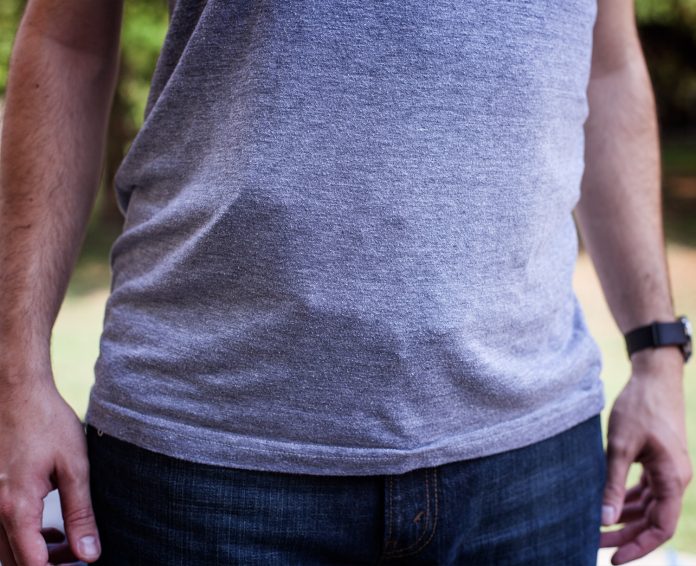
Extra lining in your jackets: This is primarily for the hip-carry crowd. If you’re using a jacket as a cover garment, you’ll want to have an extra panel of material sewn into the coat where it rides over the gun. Doing it this way will allow you to only have to repair the panel instead of having the entire jacket re-lined after it gets shredded by the rear sights and/or cocking serrations on your carry gun.
Breakaway buttons: Generally, when a man is standing he should have his jacket buttoned. Well if he now has to access a pistol under that jacket, he has to either tear it open, unbutton it, or try to pull it high enough to clear the holster. There are some companies now that are doing breakaway buttons. Essentially, it’s a normal functioning button & buttonhole, but instead of the button being sewn directly to the jacket, it’s sewn to a snap so that it can perform normally, then in an emergency it can be pulled open without damaging the garment. I’m actually talking to my tailor now about doing this to all my suits & sport coats.
Weight in the hem of your coat: The old bodyguard trick was to keep a spare magazine in the strong side coat pocket. That way, when you went to clear the cover garment, there was enough inertia and hang-time that it would keep the jacket from floating back into the path of the draw. Personally I find a magazine in the pocket too conspicuous. I have heard of guys having weight sewn directly into the hem of the jacket under the liner to the same effect.
Beware of neckties! The fabrics that they use for ties have a pretty high tensile strength. Especially when you consider that good ties are 5 or 7 fold material. That’s a lot of fabric wrapped around your neck. If you’re not careful it can easily turn into a leash or a noose. That’s why all of the uniform neckties I’ve ever seen have been clip-on. It’s super difficult to strangle somebody with a clip-on tie…………..allegedly. I’m not suggesting you replace your Hermes ties with clip-ons, just making sure it’s something you’re aware of. Look at it critically, and ask yourself if there are any modifications you can come up with to make your neckties “safer”.



